 Pictures of the 2010 Honda CR-V were released recently. Apparently these pictures show a different vehicle than the 2009 CR-V, but you’d be hard pressed to tell. This is where you’re supposed to read the standard auto scribe line bemoaning the lack of excitement and the dearth of change, something to grab hold of and perhaps even believe in.
Pictures of the 2010 Honda CR-V were released recently. Apparently these pictures show a different vehicle than the 2009 CR-V, but you’d be hard pressed to tell. This is where you’re supposed to read the standard auto scribe line bemoaning the lack of excitement and the dearth of change, something to grab hold of and perhaps even believe in.
But Honda believes in success. In the case of the CR-V, increased success will come by sticking to the straight and narrow. Yes, even I was disappointed that Honda bothered to release new images of the CR-V considering its lack of change. They say the front fascia has been altered with a new grille and bumper. Wheels on the upper-end models use ten spokes now, an increase of three spokes. Per wheel.
More significant changes can be found underneath the only-slightly-tinkered-with exterior. Horsepower jumps by fourteen at the same time as fuel economy rises by one mile per gallon in both the city and on the highway; both on 4WD and 2WD models. The 2.4L is still relatively torqueless. Only 161 lb-ft of twist is generated at best; which isn’t until 4,400 rpm. Then again, the CR-V isn’t a very large vehicle. A wheelbase of 103.1 inches and a basic curb weight of less than 3,400 pounds makes the power available plenty, perhaps.
Moving inside, the CR-V offers up enough space for the EPA to qualify it as a large sedan…. if it were… umm, a four-door car. Indeed, chief amongst reasons tens of thousands of Americans buy a CR-V each month is this space. Passengers enjoy 103.8 cubic feet of oxygen. 35.7 cubic feet of cargo space is available behind the second row.
The CR-V doesn’t try to be something it’s not. Though unavoidably dull and not the least bit sporty, Honda’s CR-V became the ideal family vehicle for 30,284 people in the USA in August. Combined sales of the Honda Odyssey, Honda Pilot, Honda Ridgeline, and Honda Element total 10,000 less. Despite a huge increase in Hyundai Santa Fe sales, that SUV’s total was only one-third of the CR-V’s August sales. Toyota witnessed a huge gain in RAV4 sales, too, but still fewer than 20,000 were sold in August.
Lots of space, a little bit of pace, and a modicum of grace: even Jaguar’s Sir William Lyons would’ve been able to see why the CR-V was succeeding in the American Marketplace.
Honda CR-V 2009 Sales:
August: 30,284
July: 19,151
June: 13,720
May: 14,550
April: 12,175
March: 12,959
February: 12,370
January: 13,143
Year-To-Date: 128,352



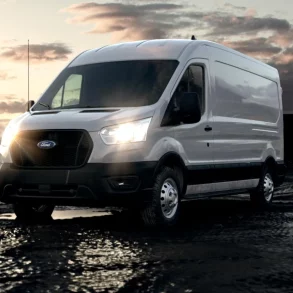
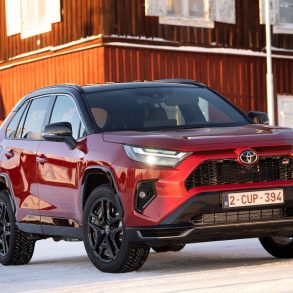
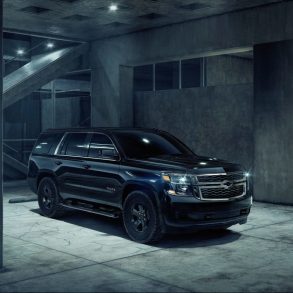

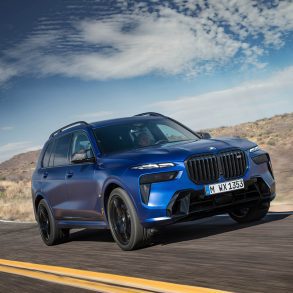
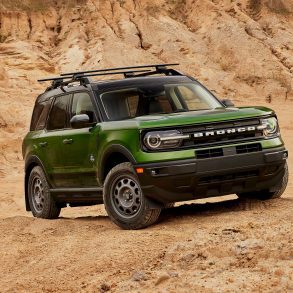


CR-V's are the Camry of the crossover world. But TGCG doesn't put the CR-V in The Good 12 Supersize or the Camry in The Good 12? Instead you get the Forester and the Mazda 6. If so many people like these vehicles, why doesn't GoodCarBadCar?
This commentary on the CR-V is actually rather positive. In fact, personal recommendations have been made on the CR-V's behalf in the very recent past. But the official line from GoodCarBadCar.net is that small SUVs can be better: if not more reliable and durable than more fun and personality-driven. The same goes for midsize sedans. Hundreds of thousands of North Americans buy Toyota Camrys every year. The multitudes aren't getting it wrong but perhaps they could be more right. The Mazda 6 looks better, is more fun to drive, and ain't exactly falling apart at the seams on owners.
Along with the Subaru Forester and Mazda 6 other Good 12 winners for the everyman include the Honda Fit, Nissan Xterra, and Mazda 5.
I purchased a 2010 Honda CR-V in the new Opal Sage Metallic and it is GORGEOUS!! However, I added a rear spoiler, fog lights, exterior Opal Sage trim with matching door guards, splash guards, chrome exhaust, WOODGRAIN interior (which really dresses up the dashboard); day/night mirror; and other non-cosmetic goodies. The results are a car that STANDS out from the crowd. Plus, it gets very good gas mileage and handling is superior. I LOVE THIS CAR!!!
All can be